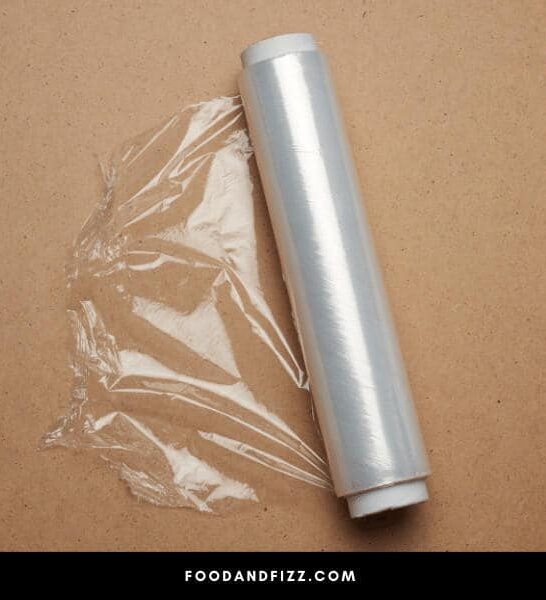You should not boil plastic wrap because it can release chemicals into your food.
Can You Boil Plastic Wrap?
The United States Department of Agriculture advises not to let plastic cling wrap cook or boil with food because it can release chemicals into food.
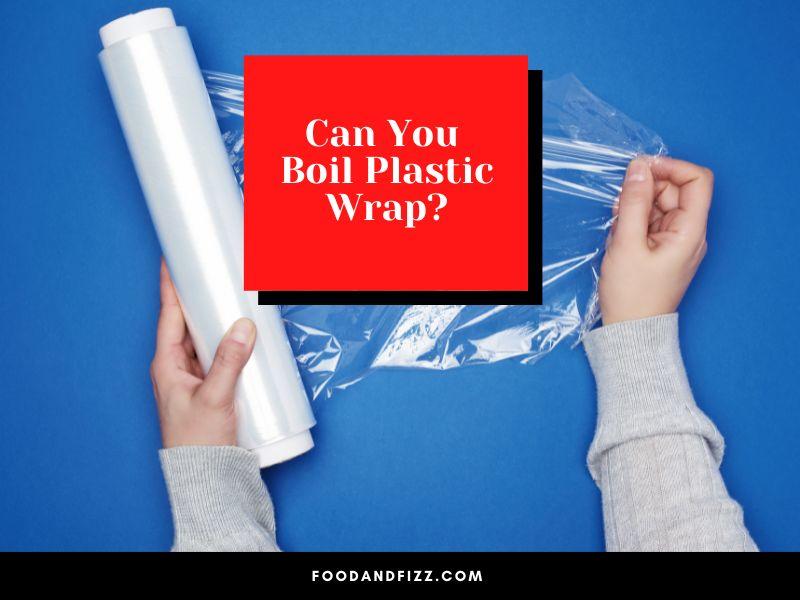
Other official food safety boards advise against boiling plastic wrap as well. For example, the Food Safety Authority of Ireland also says that plastic wrap should not touch the food or cook the food.
So, the science says that plastic wrap should not be boiled.
What Officials Say
Many food safety boards advise against boiling plastic wrap. The Food Safety Authority of Ireland also says that plastic wrap should not be cooked with food or touch the food.
European studies show that these plasticizers migrate from plastic wrap into food when heated in microwaves.

What Plastic Wrap Is Made Out Of
In the United States, plastic wrap is made out of PVC, or polyvinyl chloride. PVC is a polymer; a large molecule made up of smaller molecules bonded together.
PVC is made by combining two molecules: chlorine (Cl) and ethylene (C2H4). Ethylene is a gas that comes from petroleum. Chlorine is a greenish-yellow gas that is produced by the electrolysis of common salt (sodium chloride, NaCl).
PVC has been used since the early 1900s. It was first used in medical applications such as blood transfusions and tubing. Later, it was used to make pipes, wire coatings, and as insulation material.
In the 1930s, PVC was first used to make toys. By the 1950s, it became popular as a building material because it was easy to work with and could be used in place of wood or metal.
Today, PVC is used in various products, including pipes, siding, carpet backing, food wrap, and toys.
When PVC is made into plastic wrap, it is mixed with plasticizers such as diisononyl phthalate (DINP) or dodecyl phthalate (DIDP). These chemicals make the PVC softer and more flexible.
Plasticizers can migrate out of the plastic and into the food. Studies have found that these chemicals can cause health problems in animals. There is also concern that they may cause health problems in humans, although more research needs to be done.
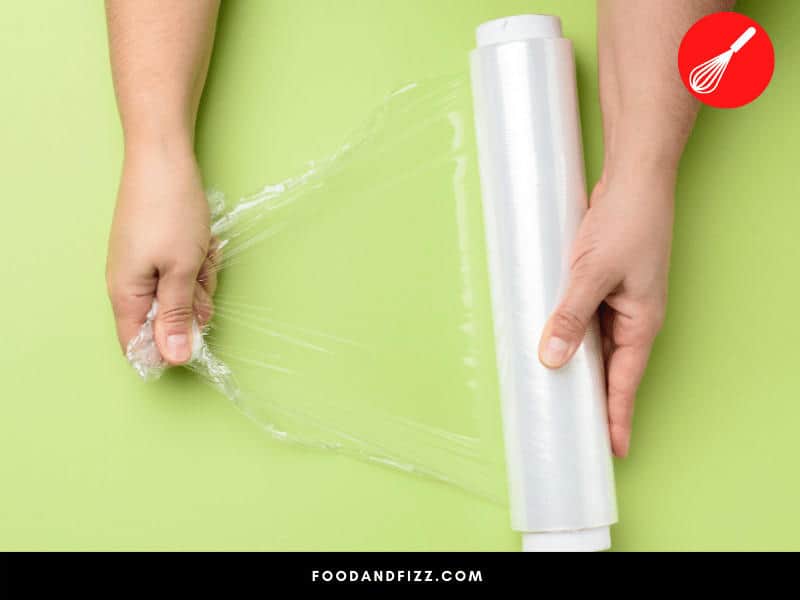
Microwave-safe Plastic Wrap
Microwave-safe plastic wrap is made out of polyethylene. This type of plastic wrap is safe to use in the microwave because it does not release chemicals into food.
You can tell if plastic wrap is microwave-safe by looking for a microwave-safe symbol on the package. If you see this symbol, it means that plastic wrap is safe to use in the microwave.
Not all plastic wrap is the same! The cheaper kinds may contain BPA. This can lead to it leaching into food when it is cooked.
Of the more than 80,000 chemicals in use, the Environmental Protection Agency has determined that 200 need to be tested. BPA and phthalates are two of them. In the United States, plastic wrap has a chemical called DEHA, or di(2-Ethylhexyl)adipate. While it is not a phthalate, it chemically resembles it.
Dangers of Ingesting BPA
Bisphenol A is a chemical that’s used in many plastics and can be found in wrap. BPA has been linked to diseases. Plastics with bisphenol-A or BPA are very hard or shatterproof and have the number 7 on the bottom.
Sales of baby bottles with BPA were banned in 2012. Studies confirmed that the chemical mimics estrogen in the body.
This has many harmful effects on fetuses in pregnant women. It also affects reproductive development in children and infants. Also, it only takes very small amounts to disrupt the cellular balance.
Bisphenol S, or BPS, is also similarly harmful, according to studies. However, this chemical is often used in place of BPA, so even if a product has BPA-free on it, then it can still be harmful.
A study also shows that the majority of Americans have measurable amounts of the chemical in their body.
BPA is connected to other conditions, including asthma, congenital disabilities, diabetes, obesity, and cancer.
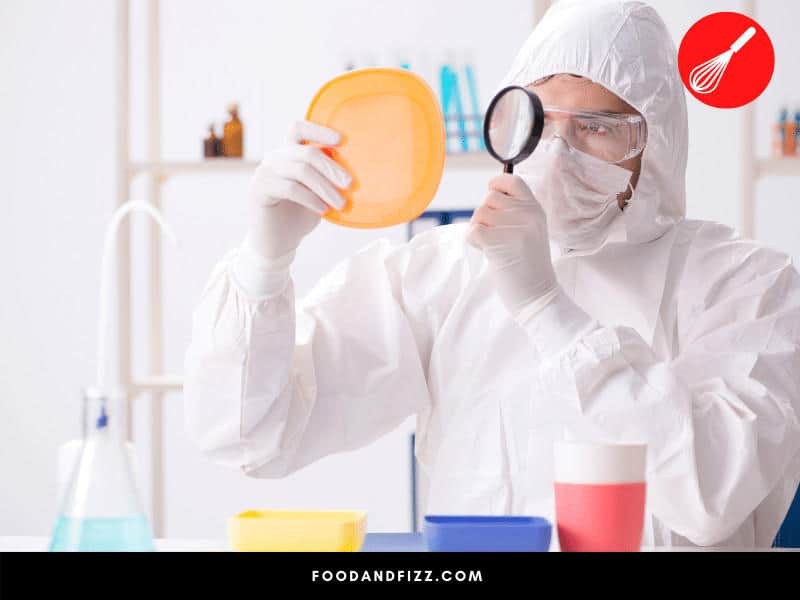
Dangers of Ingesting Phthalates
Phthalates are chemicals that are used to make plastics more flexible. They can also be found in plastic wrap and other packaging materials.
Phthalate consumption is linked to breast cancer, attention-deficit hyperactivity disorder, autism spectrum disorders, type II diabetes, low IQ, asthma, behavioral issues, neurodevelopmental issues, obesity, male fertility issues, and altered reproductive development.
Six phthalates are banned from children’s products. Currently, the FDA is investigating if it should be banned from food liners and baby bottles.
Several countries in the European Union have bans on phthalates.
Phthalates are a huge class of chemicals, and while many of them have been researched, not all of them have.
Some of the chemicals considered phthalates include the following: dibutyl phthalate (DnBP), butyl benzyl phthalate (BBP), diethyl phthalate (DEP), di-2-Ethylhexyl phthalate (DEHP), benzyl butyl phthalate (BBP),
di-butyl phthalate (DBP), diisononyl phthalate (DiNP), diisobutyl phthalate (DiBP), dipentyl phthalate (DPP), di-isobutyl phthalate (DiBP), dicyclohexyl phthalate (DcHP), di-isononyl phthalate (DiNP), di-isohexyl phthalate, di-n-octyl phthalate (DNOP), and di-isoheptyl phthalate.
Tips for Reducing Plastic Contamination in Food
The best way to reduce your exposure to chemicals in plastic is to avoid using it altogether. However, if you must use it, try to follow these tips:
- Wash your hands after handling plastic wrap.
- Avoid exposing food to plastic wrap.
- Buy brands that are labeled “BPA-free” or “Phthalate-free.”
- Recycle plastic wrap when you’re finished with it.
Also, consider plastic alternatives such as ceramic or Pyrex, especially when storing food.
When buying food to eat, avoid cans as they can have linings with BPA. Instead, use fresh or frozen ingredients. Also, preserved foods in jars are preferable to those that are in cans.
Be careful also with the beverages you drink. Stick to drinks that are sold in glasses or cartons.
Read about plastic in the oven and if it is a good idea or not.
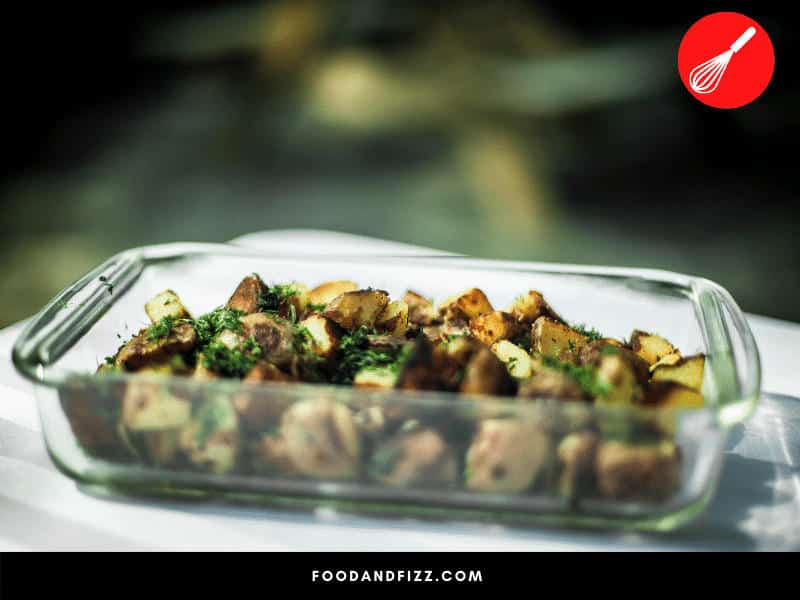
Frequently Asked Questions About Can You Boil Plastic Wrap?
What Temperature Does Plastic Wrap Melt?
It has a melting point between 220-250 degrees Fahrenheit (49-54 degrees Celsius).
What are Alternatives to Plastic Wrap?
Alternatives include wax paper, aluminum foil, parchment paper, and reusable silicone lids.

